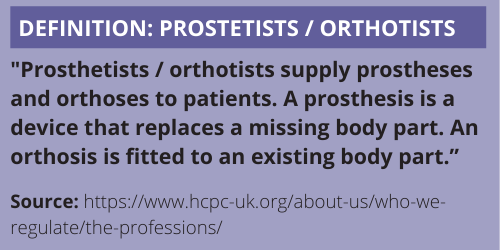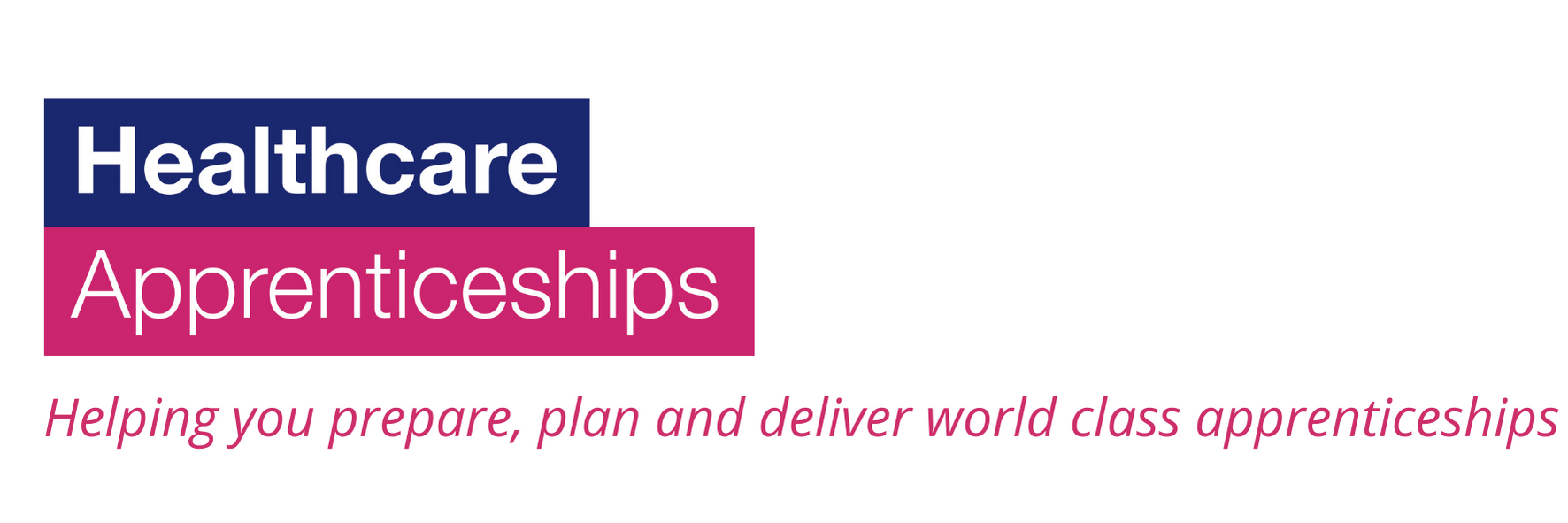
Prosthetist / Orthotist is a profession regulated by the Health and Care Professions Council (HCPC). The HCPC sets out the standards of proficiency which every Prosthetist / Orthotist must meet in order to become registered. Prosthetists create and fit artificial replacements for patients who are missing a limb, while orthotists correct problems or deformities in nerves, muscles and bones with a range of aids like braces or other surgical devices.
Prosthetists are autonomous registered practitioners who provide gait analysis and engineering solutions to patients with limb loss. They are extensively trained at undergraduate level in mechanics, bio-mechanics, and material science along with anatomy, physiology and pathophysiology. Their qualifications make them competent to design and provide prostheses that replicate the structural or functional characteristics of the patients absent limb.
They treat patients with congenital loss as well as loss due to diabetes, reduced vascularity, infection and trauma. Whilst they are autonomous practitioners they usually work closely with physiotherapists and occupational therapists as part of multidisciplinary amputee rehabilitation teams.
Orthotists are autonomous registered practitioners who provide gait analysis and engineering solutions to patients with problems of the neuro, muscular and skeletal systems. They are extensively trained at undergraduate level in mechanics, bio-mechanics, and material science along with anatomy, physiology and pathophysiology. Their qualifications make them competent to design and provide orthoses that modify the structural or functional characteristics of the patients’ neuro-muscular and skeletal systems enabling patients to mobilise, eliminate gait deviations, reduce falls, reduce pain, prevent and facilitate the healing of ulcers.
They treat patients with a wide range of conditions including diabetes, arthritis, cerebral palsy, stroke, spina bifida, scoliosis, musculoskeletal, physiotherapy, sports injuries and trauma. Whilst they often work as autonomous practitioners they increasingly often form part of multidisciplinary teams such as within the diabetic foot team or neuro-rehabilitation team.
The following apprenticeship standards in these occupations are approved for delivery:
Follow the link to see more about this apprenticeship including the stage of development, funding band and duration. You can also download the standard and end point assessment documents as well as checking the training providers and end point assessment organisations that may be available.
Pathways Tool
You can access our Pathways Tool here.
This tool allows you to see more about how apprentices may progress from one occupation to another.
You can also access the Apprenticeship Costing Calculator / Planning Tools.
Resources:
- IfATE Occupational Maps – Useful for exploring apprenticeships by occupational route
- Prosthetist and Orthotist (Integrated Degree) apprenticeship – information pack
- Health Careers Prosthetist/Orthotist section
- British Association of Prosthetists and Orthotists (BAPO)


